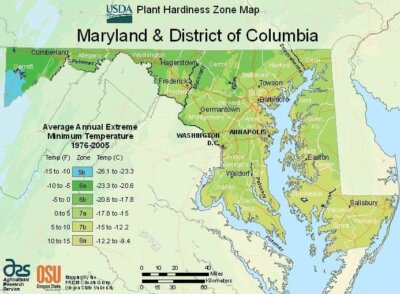Growing a beautiful lawn in Maryland is every homeowner’s dream. You want to wake up in the morning, open your curtains, and see vibrant, healthy grass in front of you. You want to look forward to relaxing on your lawn after work and playing games outside with your pets or children.
But growing new grass in Maryland can be challenging. Maryland is located in a transition zone, which means that the state has a mix of warm and cold temperatures.
The temperature variation means that cool-season grasses can dry out in the summer, and warm-season grasses can freeze in the winter. Finding the right balance is key, and you can only do that by choosing the right grass seed.
This article will walk you through everything you need to know to grow grass like a pro and achieve a greener lawn in Maryland.
Maryland Grass Seed Growing Conditions
Maryland is characterized by hot summers and cold winters, resulting in difficult soil conditions for either cold or warm-season grass. The state is located in a transition zone that supports both grass types, so balancing the right grass varieties is critical.
The Maryland USDA zones show that the northern part of Maryland has lower temperatures, favorable to grasses such as the turf-type tall fescue or fine fescue. Southern Maryland is a bit warmer, so you can grow grasses such as Bermuda grass or zoysia grass.
But because each zone overlaps with the other a bit, it can feel challenging to maintain a year-round green lawn in Maryland. Most cool-season grasses will turn brown during the summer, and the warm-season grass will fall dormant as soon as winter hits.
So, while it does take conscious effort to grow a lawn that’s always green in the Maryland area, you can still choose the right seeds and take the proper lawn care steps to maximize the health of your lawn during the growing season.
When to Plant Grass Seed in Maryland?
No matter which grass type you end up choosing, the best time to plant the seeds is during late summer to early fall.
Planting during this time ensures rapid germination because the soil is still warm. Your grass will grow thicker before winter sets it, fall dormant in the winter, and start growing again in spring.
If you miss this planting window, don’t worry! You can still plant between early March through April. Planting during early spring is not ideal, but your grass will still germinate from the warmth of spring. It should be fully grown before summer sets in, which is when it will start drying out.
You should use fertilizer before planting any grass, but don’t fertilize in the spring or summer because you will also support the growth of weeds. Additionally, avoid planting during late fall and early summer because weather conditions will not be favorable for the grass to grow.
Basically, the best time for growing grass in Maryland is early fall, or you can plant in early spring if you miss the late summer, early autumn window.
Best Types of Grass Seed for Maryland
With the potential for unpredictable weather, Maryland doesn’t have the best conditions for grass seed to germinate. However, you can still achieve a lush, healthy lawn. The key to having a green lawn is choosing the right type of grass seed.
Depending on your precise location within the state, you should aim to purchase high-quality seed that supports warm or cool-season grass. Choose a type of grass that tolerates shade and heat and can withstand extreme temperature variations that cause drought.
Now that you know what type of soil you’re working with and the tips for choosing the right seed, let’s look at some of the best types of warm and cool-season grass in Maryland.
Cool-Season Grasses
Tall Fescue
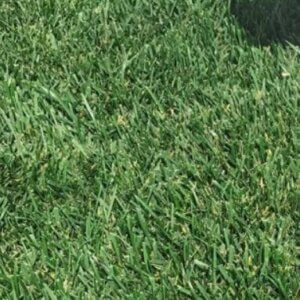
Tall fescue is one of the most commonly recommended grass seeds for Maryland. Tall fescue establishes fairly quickly (10-15 days) and has excellent heat, drought, and foot traffic tolerance, making it the right grass for lawns, athletic fields, golf courses, and more.
Tall fescue is quite resistant to disease and has lower maintenance requirements than other grasses used for Maryland lawns. Tall fescue also maintains its green color the most during hot summers, making it a great choice for residents of southern Maryland.
Kentucky Bluegrass
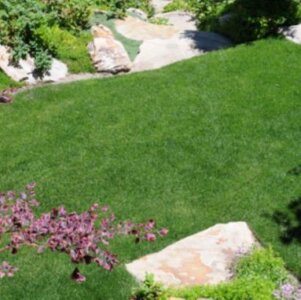
While the turf-type tall fescue can be quick to establish, Kentucky bluegrass germinates much slower (up to 30 days or more). But the wait can be worth it! It’s well-known as a resilient grass seed. Kentucky bluegrass has a beautiful emerald green color.
While stunning in appearance, keep in mind, it does require more maintenance than other grasses and is susceptible to pests and disease.
Perennial Ryegrass
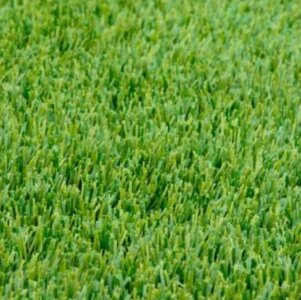
Perennial ryegrass is similar to Kentucky bluegrass but is much quicker to germinate (7-10 days). It has excellent drought and heat resistance and will thrive in the full sun. While it can tolerate some shade, perennial ryegrass should be planted in the sunniest parts of your lawn.
The work and maintenance required for this type of grass will be worth it—the blades have a rich green color and a fine texture that creates a luxurious look. You can use perennial ryegrass as a stand-alone grass, but we recommend mixing it with Kentucky bluegrass seed for best results.
Fine Fescue
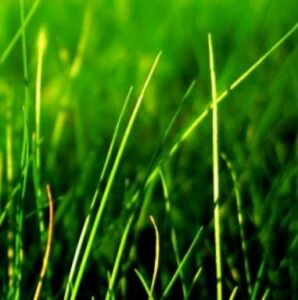
You can’t miss fine fescue grass—with its narrow, needle-like leaf blade, it has an unmistakable appearance. Fine fescue is different from tall fescues because of its distinct shape and spring-green color. It also has some resilient characteristics that make it an excellent choice for Maryland lawns.
Fine fescues can withstand extremely high soil pH as well as fluctuations in temperature. The fine and hard fescue are challenging to mow, however, but worth the effort due to their resistance to the elements.
Warm-Season Grasses
Zoysia Grass
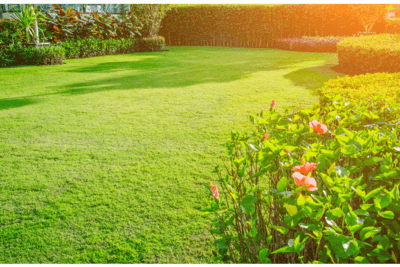
An extremely aggressive type of grass seed, zoysia grass is preferable in wide, open spaces rather than small lawns. It has excellent resilience and retains its green color throughout the first fall frost, after which it can turn brown or remain dormant until early spring.
This type of grass is easy to identify because it has leaves covered with stiff hairs, which give your lawn a soft, textured look.
Bermuda Grass

Bermuda grass has a high tolerance for heat and drought, making it a great summer grass. It requires full sun to grow and creates excellent green coverage for sports fields and home lawns. Seeding is relatively quick. Soon after planting, you will see fine leaf blades growing, which will result in a dense turf.
Bahia Grass
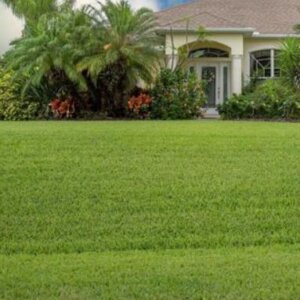
Finally, Bahia grass is a warm-season grass that can grow where all other warm-season grasses fail. It’s one of the most adaptable grasses, and has been known to establish in pure sand and other poor quality soils. However, it’s not known for its texture. It’s one of the more coarser textured lawn grasses and may form unsightly seed heads if not mowed regularly.
Conclusion
Located in a transitional climate area with cold winters and hot summers, you’ll need extra care to grow grass seed successfully in Maryland. You should carefully consider your climate and goals when deciding between the two categories of seeds—warm and cool-season grasses.
Nature's Seed can help you simplify the process of growing and maintaining a lush lawn in Maryland. Our grass seeds and mixes are tailor-made for every possible project and goal related to lawns. Browse our high-quality grass seeds in our online store and start planting now today.
